26+ MLA Examples to Download
In the realm of academia, precision and consistency are paramount. Whether you’re working on an essay, research paper, or any scholarly composition, adhering to a specific format is essential to maintain the integrity of your work. One such format that has stood the test of time is the MLA 9 Format. This guide will take you through the ins and outs of this format, offering comprehensive examples and insights to ensure your work is presented at its best.
1. MLA Style Guidelines 9th Edition
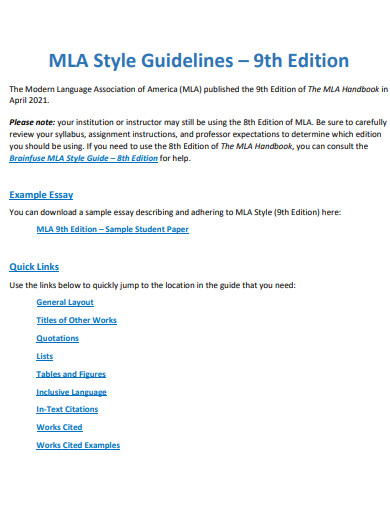
brainfuse.com
2. MLA 9th Edition Handbook
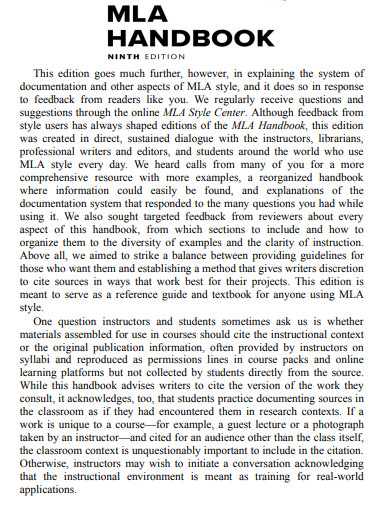
bibliotecadefilologia.usal.es
3. MLA Style 9th Edition
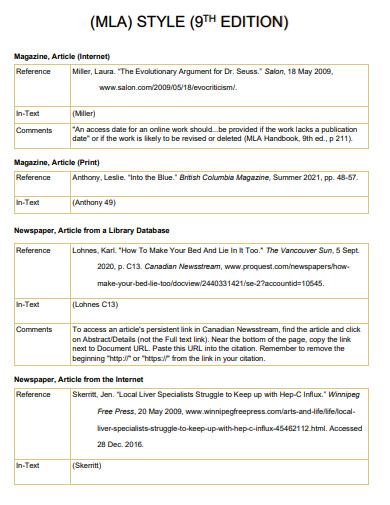
library.douglascollege.ca
4. MLA 9th Edition Citation Style
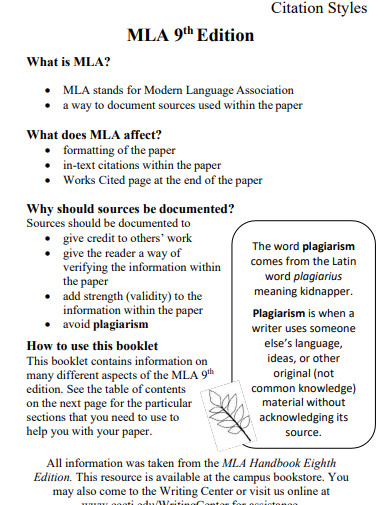
cccti.edu
5. MLA 9th Edition Formatting and Style Guide
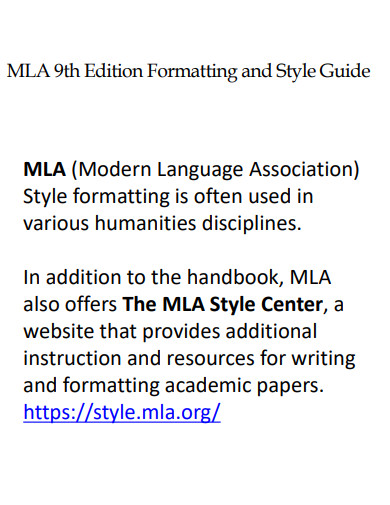
stu.ca
6. MLA 9th Edition Handout
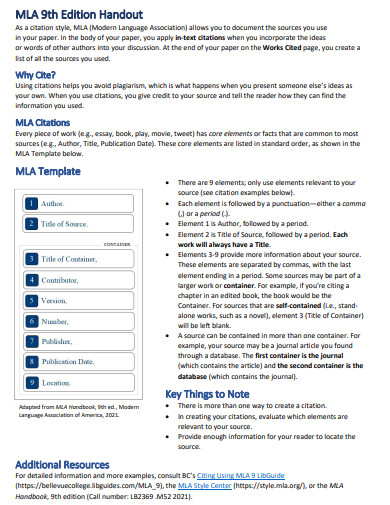
bellevuecollege.edu
7. MLA 9th Edition Works Cited
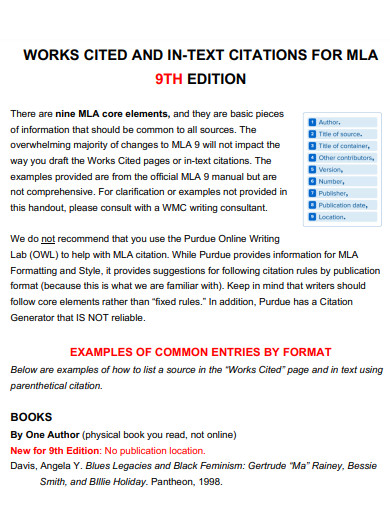
csuci.edu
8. MLA 9 Style Reference Guide
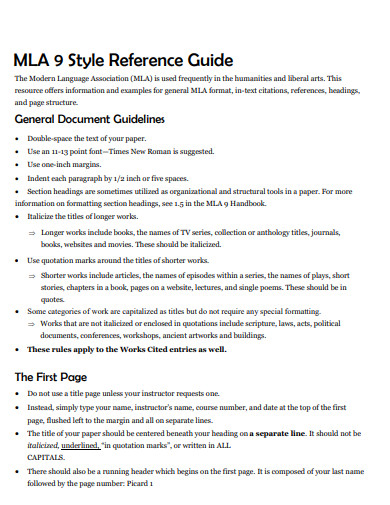
lewisu.edu
9. MLA 9 Edition Format and Documentation
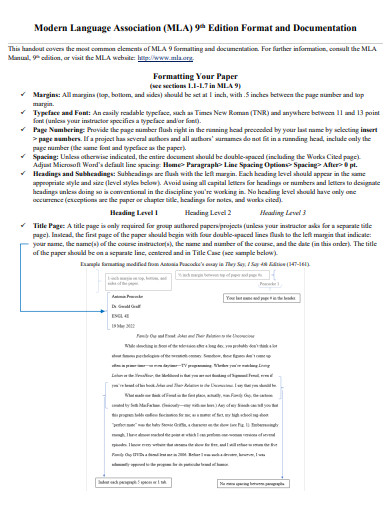
und.edu
10. MLA Style 9th Edition Overview
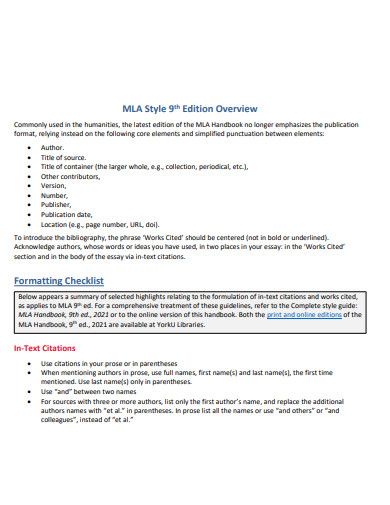
spark.library.yorku.ca
11. MLA College 9th Edition
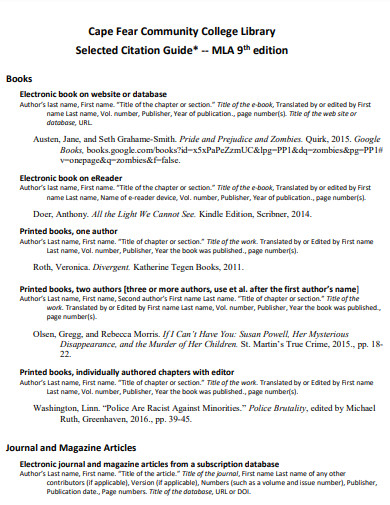
cfcc.edu
12. MLA 9th Edition Table of Content
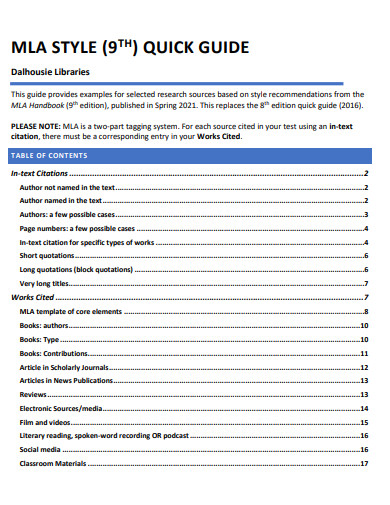
cdn.dal.ca
13. MLA 9th Edition Core Element
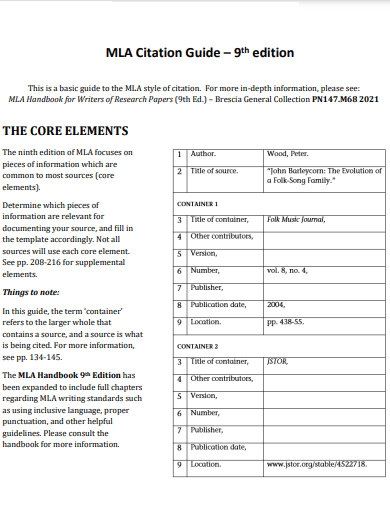
dev.brescia.uwo.ca
14. MLA 9th Edition In-Text Citation
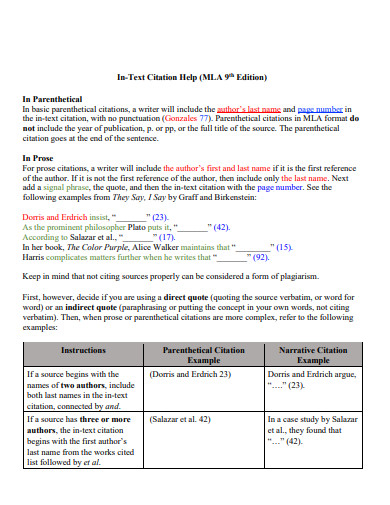
alamo.edu
15. MLA 9th Edition Research Paper
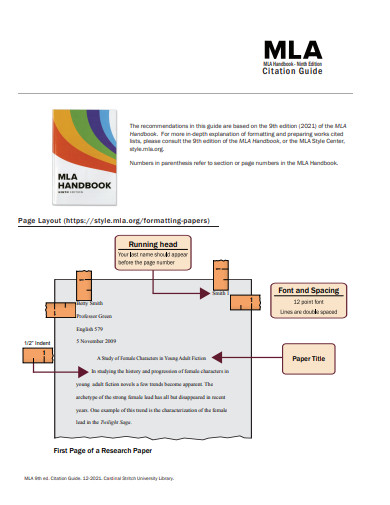
library.stritch.edu
16. MLA 9th Edition Short Guide
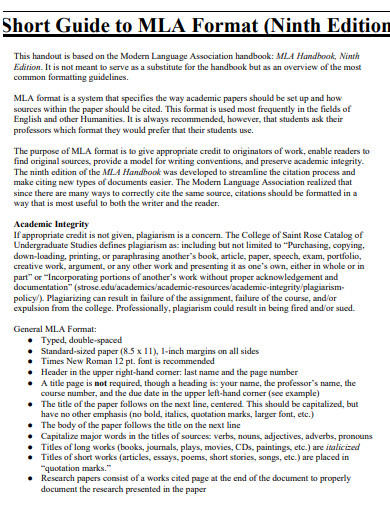
strose.edu
17. MLA 9th Edition Paper
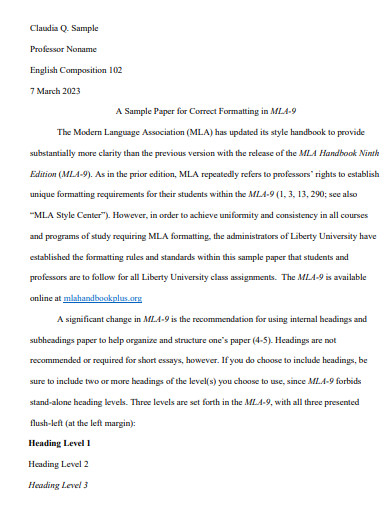
liberty.edu
18. MLA 9th Edition Citation Reference Guide
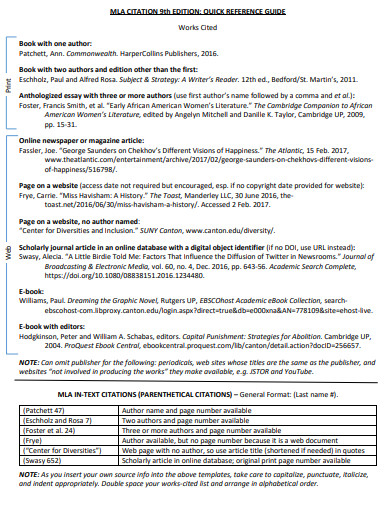
canton.edu
19. University MLA 9th Edition
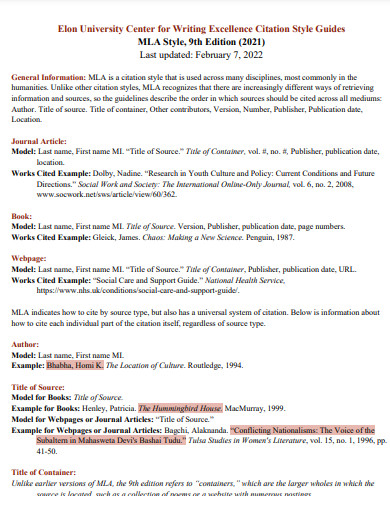
eloncdn.blob.core.windows.net
20. Formatting Guidelines MLA 9th Edition
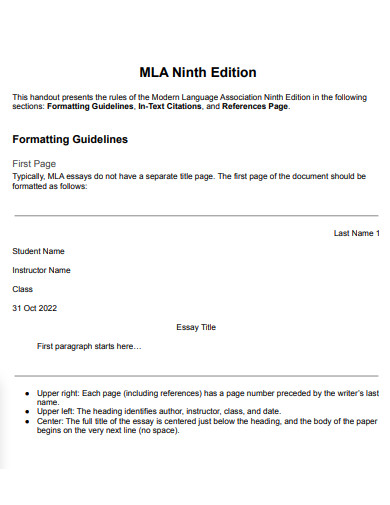
clas.ucdenver.edu
21. Simple MLA 9th Edition
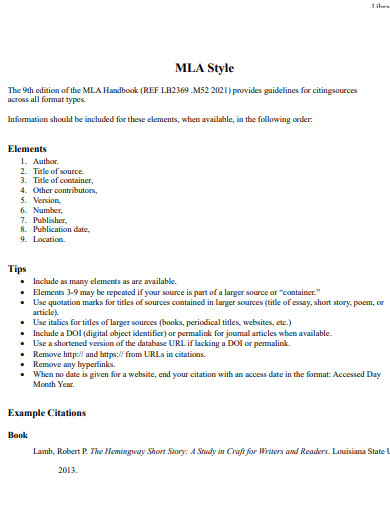
sunybroome.info
22. MLA 9th Edition List
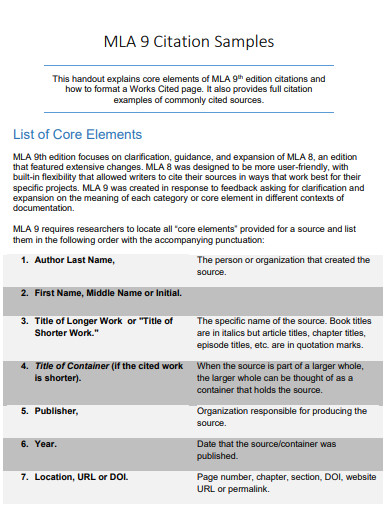
pcc.edu
23. MLA 9th Edition Checklist
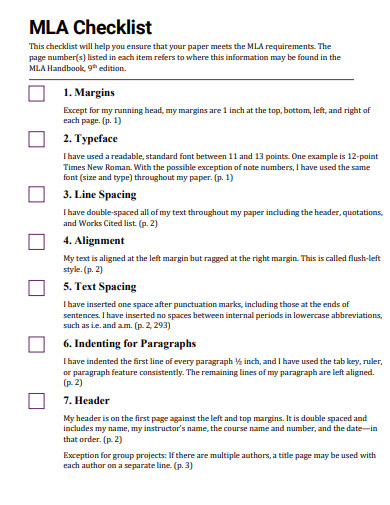
owl.excelsior.edu
24. MLA 9th Edition Format
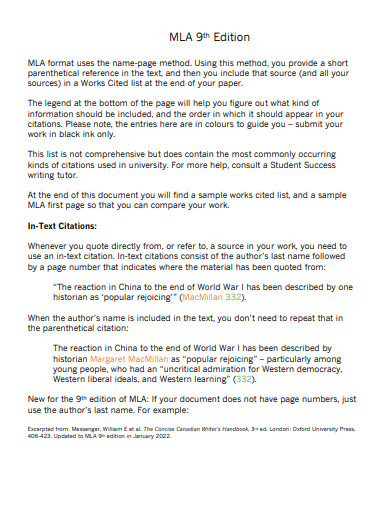
uregina.ca
25. MLA 9th Edition Formatting Checklist
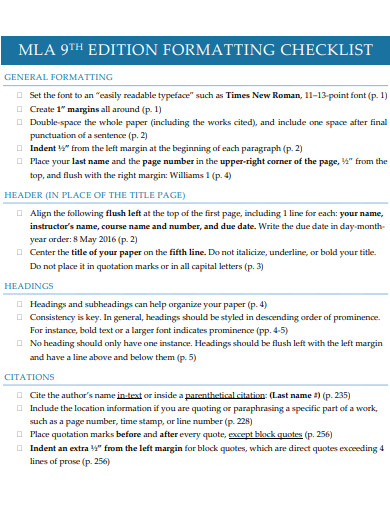
regent.edu
26. MLA 9th Edition Documenting
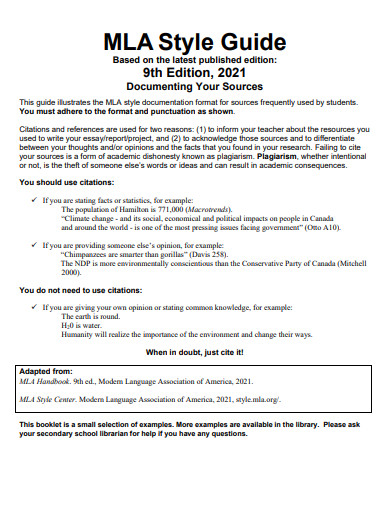
library.hcdsb.org
27. MLA 9th Edition Introduction
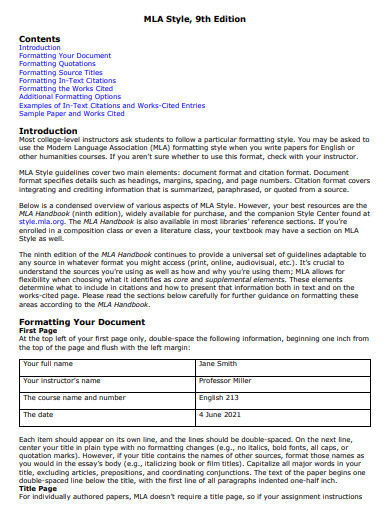
services.smarthinking.com
What is MLA 9 Format?
Modern Language Association (MLA) format is a widely used citation style that provides guidelines for structuring and presenting written work. The MLA 9 Format, the latest iteration, builds upon its predecessor, MLA 8, refining the rules and providing a more comprehensive approach to handling various types of sources. This format not only ensures proper citation but also focuses on the organization and overall presentation of your work.
How to Write in MLA 9 Format?
Crafting your work in MLA 9 Format might seem daunting at first, but with a systematic approach, you can navigate it smoothly. Here’s a concise guide to help you get started:
Step 1: Formatting Elements and Title Page
Begin by formatting your document. Set your margins to 1 inch and use a legible font like Times New Roman. Include your name, instructor’s name, course title, and submission date on the top left of the first page. If required, add a title page with pertinent details.
Step 2: Crafting the Context and Thesis Statement
The introductory element of your paper should provide context for your readers. Introduce your topic and its relevance, leading to your thesis statement—a concise summary of your main argument. This thesis statement should be clear and placed at the end of your introduction.
Step 3: Incorporating In-Text Citations
When referencing sources within your text, use parenthetical in-text citations. Include the author’s last name and the page number where the information was found. If the author’s name is already mentioned in your text, you can exclude it from the citation.
Step 4: Compiling the Works Cited and Bibliography
At the end of your paper, create a separate section titled “Works Cited.” List all the sources you cited in your paper, following the specific reference format for each source type (books, articles, websites, etc.). Pay careful attention to the order and punctuation. Remember, the works cited page should be arranged alphabetically by authors’ last names.
FAQs
What’s the difference between a works cited page and a bibliography?
A works cited page specifically includes the sources you directly cited in your paper, while a bibliography may encompass a broader range of sources you consulted but didn’t necessarily cite.
Should I include a title page for my MLA 9 formatted paper?
A title page is not mandatory unless your instructor specifically requests it. Always follow your assignment guidelines.
Can I use an online citation generator for MLA 9 Format?
Certainly, online citation generators can help you generate accurate MLA citations. However, it’s crucial to double-check the generated citations for accuracy.
Mastering the MLA 9 Format is an indispensable skill for academic success. By adhering to its guidelines, you ensure your work is presented in a structured and organized manner, allowing readers to engage with your ideas seamlessly. Remember, the devil is in the details—consistent formatting and accurate citations reflect your commitment to excellence in scholarly endeavors.


